Japanese-inspired living room design
Japanese design is known for its simplicity and minimalism, and these elements are often incorporated into living room designs. A Japanese-inspired living room is a perfect blend of functionality and aesthetics, creating a serene and peaceful space to relax and unwind in. Here are 10 key elements to consider when designing a Japanese-themed living room.
Japanese-style living room decor
The first step to achieving a Japanese-inspired living room is to incorporate Japanese-style decor. This can include natural materials such as wood, bamboo, and stone, as well as simple and clean lines in furniture and decor. Avoid clutter and excessive decorations, and instead opt for a few well-chosen pieces that add to the overall design.
Minimalist Japanese living room
Minimalism is a key aspect of Japanese design, and this is especially evident in the living room. Keep the space clutter-free and only include essential furniture and decor. Use a neutral color palette, with pops of color coming from natural elements such as plants or a traditional Japanese painting.
Traditional Japanese living room
For a more authentic Japanese living room, incorporate traditional elements such as tatami mat flooring. These mats are made from natural materials and are soft and comfortable to sit on. They also add a touch of warmth and coziness to the space. Pair the mats with low furniture, such as a coffee table or floor cushions, to create a traditional Japanese seating arrangement.
Zen living room design
Zen is a philosophy that is closely tied to Japanese culture and design. In a living room setting, this can be achieved through the use of natural elements and a focus on creating a peaceful and calming atmosphere. Incorporate elements such as a water feature, a Zen garden, or a bonsai tree to bring a sense of tranquility to the space.
Tatami mat flooring
Tatami mats are a staple in Japanese homes, and they are a key element in creating a Japanese-inspired living room. Made from natural materials such as rice straw, these mats are not only practical but also add a touch of warmth and authenticity to the space. They are also a great way to create a designated seating area in the living room.
Shoji screen room divider
In Japanese design, rooms are often separated by sliding screens known as shoji screens. These screens are made from paper and wood frames and are a great way to add privacy and division in a living room. They also allow natural light to pass through, creating a sense of openness and spaciousness.
Futon seating
Futons are a traditional Japanese bedding and seating option, and they are a great way to add functionality and versatility to a living room. In a Japanese-inspired living room, futons can be used as seating during the day and then transformed into a bed for guests at night. Opt for a futon with a simple and clean design to maintain the minimalist aesthetic of the room.
Bonsai tree centerpiece
A bonsai tree is a miniature version of a full-sized tree and is a popular element in Japanese design. In a living room setting, a bonsai tree can serve as a beautiful and natural centerpiece. It also adds a touch of nature and brings a sense of balance and harmony to the space.
Paper lantern lighting
Lighting is an essential element in any living room, and in a Japanese-inspired design, paper lanterns are a perfect choice. These lanterns are made from rice paper and can be hung from the ceiling or placed on tables to create a soft and warm glow. They also add a touch of traditional Japanese charm to the room.
Creating a Serene Japanese Theme Living Room

Incorporating Minimalist Design and Natural Elements
 If you're looking to add a touch of tranquility and sophistication to your home, a Japanese theme living room may be just what you need. This design style is known for its minimalism, clean lines, and natural elements, creating a space that is both calming and visually appealing. In this article, we'll explore the key elements of a Japanese theme living room and how you can incorporate them into your own home.
If you're looking to add a touch of tranquility and sophistication to your home, a Japanese theme living room may be just what you need. This design style is known for its minimalism, clean lines, and natural elements, creating a space that is both calming and visually appealing. In this article, we'll explore the key elements of a Japanese theme living room and how you can incorporate them into your own home.
The Power of Minimalism
 The first and most important aspect of a Japanese theme living room is minimalism. This design philosophy is centered around the idea of simplicity and living with only what is necessary. In a living room, this translates to clean, uncluttered spaces with a focus on functionality.
Minimalist furniture
with clean lines and
neutral colors
will help create a sense of calm and order. Consider incorporating
Japanese-inspired pieces
such as low tables and floor cushions for seating, as well as
sliding doors
to partition the room and maintain an open flow.
The first and most important aspect of a Japanese theme living room is minimalism. This design philosophy is centered around the idea of simplicity and living with only what is necessary. In a living room, this translates to clean, uncluttered spaces with a focus on functionality.
Minimalist furniture
with clean lines and
neutral colors
will help create a sense of calm and order. Consider incorporating
Japanese-inspired pieces
such as low tables and floor cushions for seating, as well as
sliding doors
to partition the room and maintain an open flow.
Natural Elements
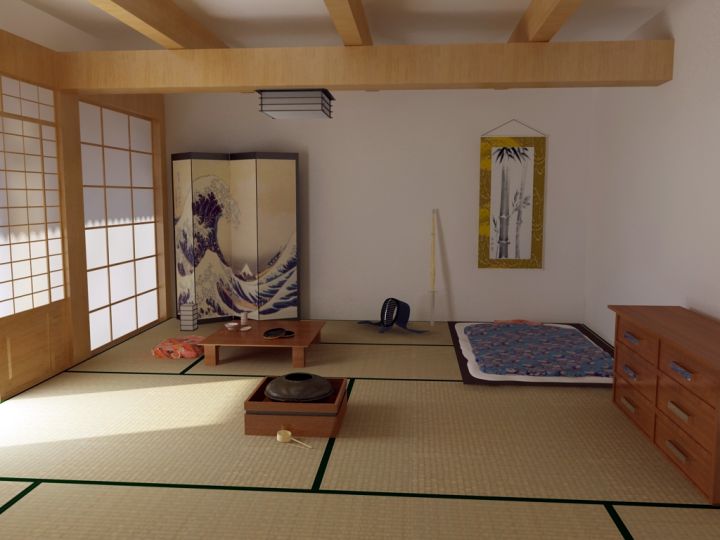 Nature is an integral part of Japanese design and is often incorporated into living spaces. In a Japanese theme living room,
natural elements
should be used in abundance. This can include
wooden furniture
,
bamboo screens
, and
plants
. Use
earth tones
such as greens and browns to bring a sense of nature into the space. Additionally, incorporating elements such as
stone
and
water
through a
zen garden
or
water feature
can add a sense of serenity and balance to the room.
Nature is an integral part of Japanese design and is often incorporated into living spaces. In a Japanese theme living room,
natural elements
should be used in abundance. This can include
wooden furniture
,
bamboo screens
, and
plants
. Use
earth tones
such as greens and browns to bring a sense of nature into the space. Additionally, incorporating elements such as
stone
and
water
through a
zen garden
or
water feature
can add a sense of serenity and balance to the room.
Lighting and Textures
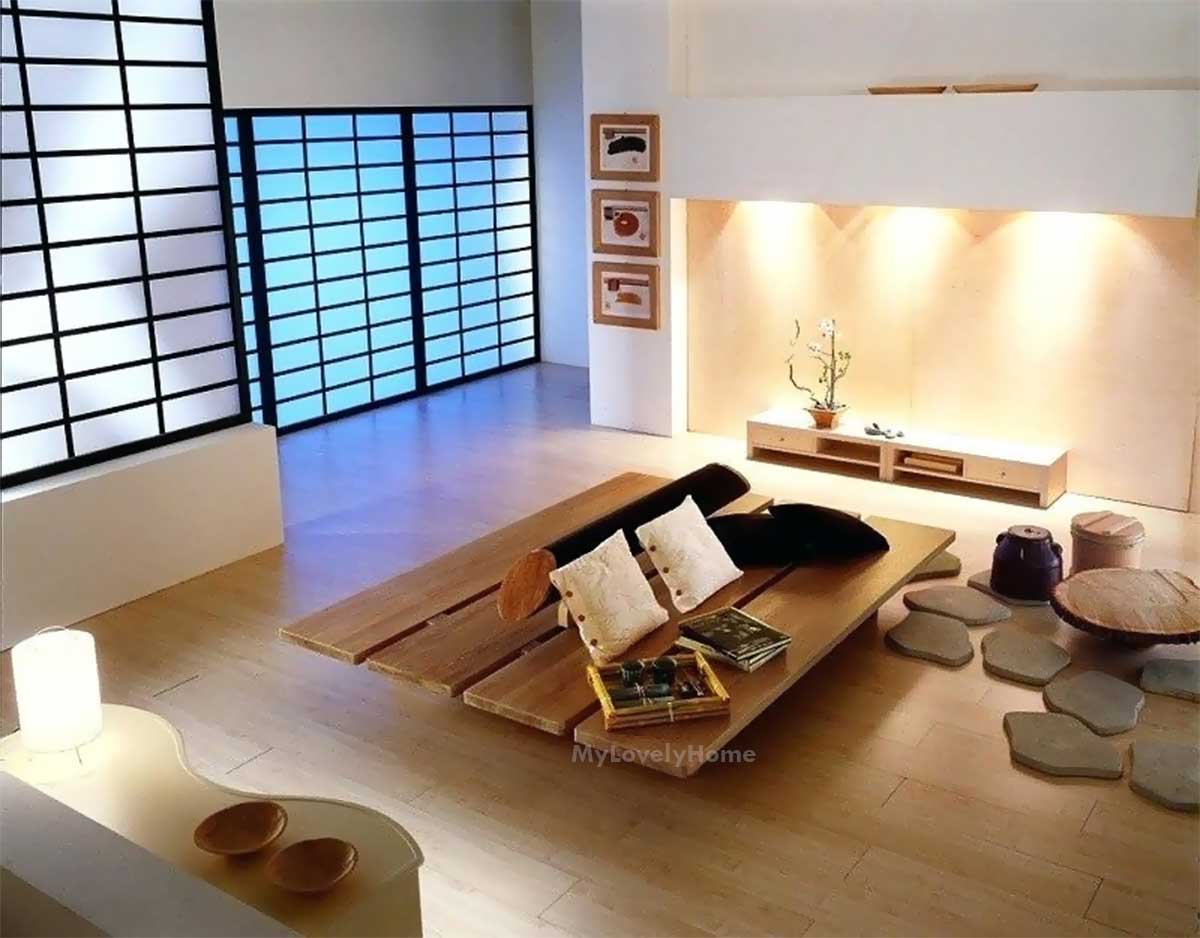 Lighting and textures play a crucial role in creating a Japanese theme living room.
Natural light
is preferred, so consider
large windows or skylights
to allow ample light into the space. For artificial lighting, choose
warm and soft lighting
to create a cozy and inviting atmosphere. Incorporating
textures
such as
linen
,
cotton
, and
wool
in furniture and decor can add depth and warmth to the room.
Lighting and textures play a crucial role in creating a Japanese theme living room.
Natural light
is preferred, so consider
large windows or skylights
to allow ample light into the space. For artificial lighting, choose
warm and soft lighting
to create a cozy and inviting atmosphere. Incorporating
textures
such as
linen
,
cotton
, and
wool
in furniture and decor can add depth and warmth to the room.
Final Thoughts
 A Japanese theme living room is a perfect way to create a peaceful and elegant space in your home. Remember to keep it simple, incorporate natural elements, and pay attention to lighting and textures. By following these tips, you can create a serene and inviting living room that reflects the beauty and tranquility of Japanese design.
A Japanese theme living room is a perfect way to create a peaceful and elegant space in your home. Remember to keep it simple, incorporate natural elements, and pay attention to lighting and textures. By following these tips, you can create a serene and inviting living room that reflects the beauty and tranquility of Japanese design.

























































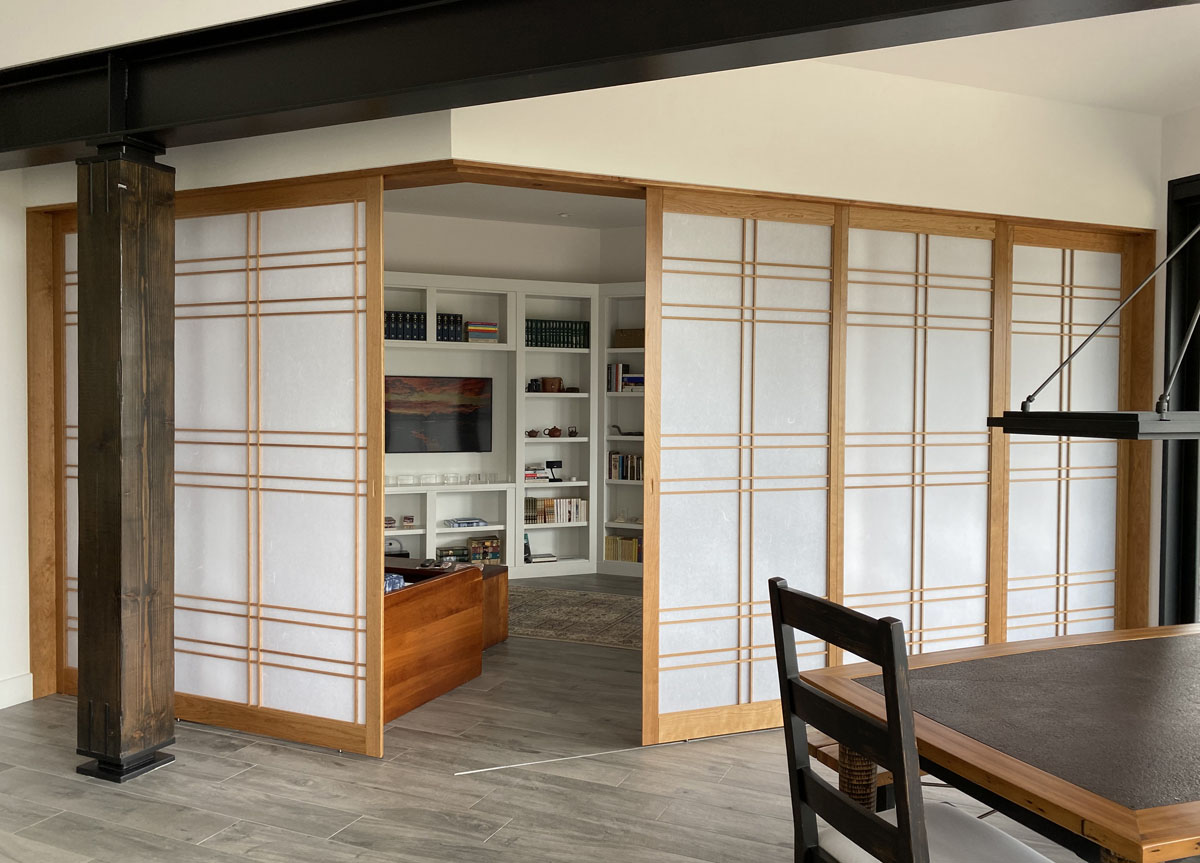

















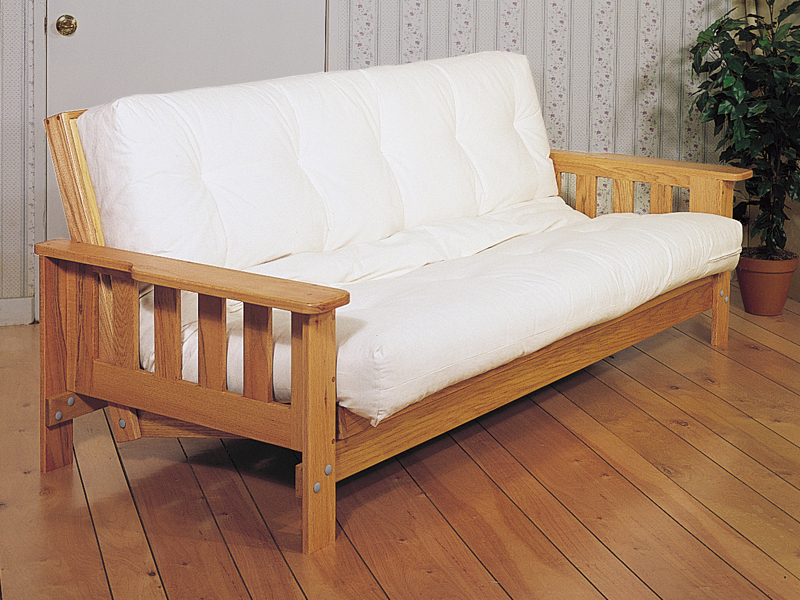



















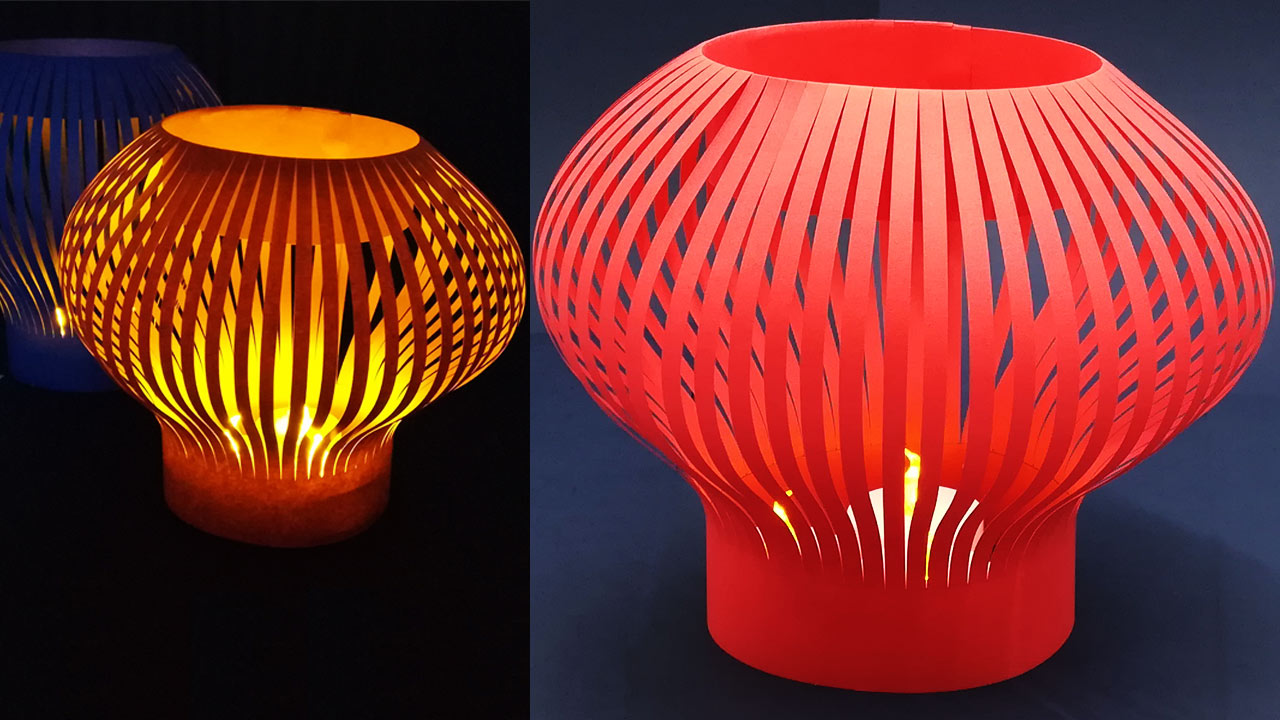


/DSC_0117-56a6e9593df78cf77290e194.jpg)






